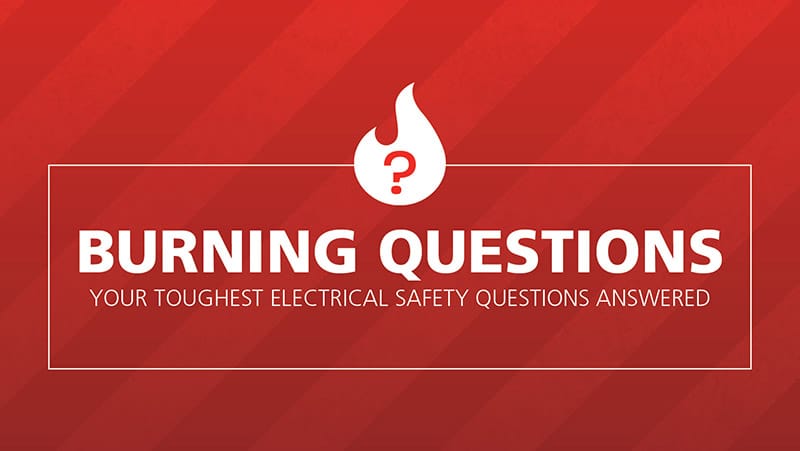Q: Can you clarify the point about 29 CFR 1910.147 not applying to electrical?
In my presentation at NSC this month, I mentioned that OSHA does not allow the use of 1910.147 to address electrical hazards.
However, many companies that we have audited use the “Control of Hazardous Energy (LO/TO)” procedure and claim to address all hazards. (See Note at the end of this article.)
1910.147(a)(1) provides a list of exclusions. 1910.147(a)(1)(ii)(C) excludes Electrical Power Utilities and 1910.147(a)(1)(ii)(D) excludes utilization installations (commercial, industrial, etc.).
Where 1910.147 directs the user to Subpart S, we recommend following the latest NFPA 70E to ensure that the most updated standard is followed. NFPA 70E – 2021, Article 120, covers the control of hazardous electrical energy.
Apart from Article 120, users should also be cognizant that supporting requirements (e.g., test instrument competence, risk assessments, etc.) may be covered elsewhere in the standard.
NOTE: Follow 1910.333 for any energized electrical work.
“1910.333 (b)(2):
Lockout and Tagging.” While any employee is exposed to contact with parts of fixed electric equipment or circuits which have been deenergized, the circuits energizing the parts shall be locked out or tagged or both in accordance with the requirements of this paragraph. The requirements shall be followed in the order in which they are presented (i.e., paragraph (b)(2)(i) first, then paragraph (b)(2)(ii), etc.).
Note 1: As used in this section, fixed equipment refers to equipment fastened in place or connected by permanent wiring methods.
Note 2: Lockout and tagging procedures that comply with paragraphs (c) through (f) of 1910.147 will also be deemed to comply with paragraph (b)(2) of this section provided that:
[1] The procedures address the electrical safety hazards covered by this Subpart; and
[2] The procedures also incorporate the requirements of paragraphs (b)(2)(iii)(D) and (b)(2)(iv)(B) of this section.
Want More Info?
Although we do not aim at addressing specialized hazardous energy control techniques for complex Generation, Transmission, and Distribution , we will suggest that commercial and industrial users with installations above 600V follow these principles regarding grounding and creation of an equipotential zone.
Have a question about electrical safety and standards?

